#bomber
Explore tagged Tumblr posts
Text

The impressive B-36
@CcibChris via X
#b 36 peacemaker#convair aviation#bomber#aircraft#nuclear weapons#usaf#aviation#cold war aircraft#sac
27 notes
·
View notes
Text
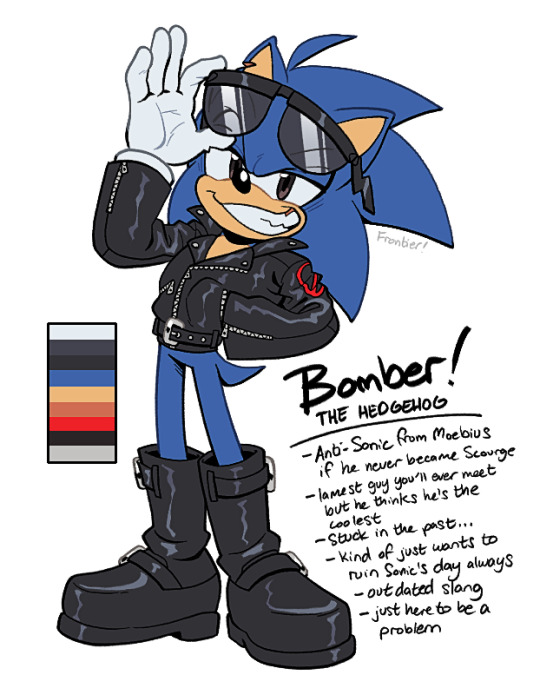

[twirls hair] so there's this new au...
i call this bomber au! anti-sonic never turned into scourge and basically uh..stayed the same LOL. dude's like 25 and still saying he's too cool for school
he calls himself bomber b/c he's "da bomb" as he says (and also trying to tell people he's sonic is just such a hassle when the other sonic is around)
4K notes
·
View notes
Text
763 notes
·
View notes
Text

1K notes
·
View notes
Text

There are two constants in modern Americana:
1. The Costco hotdog stays at 1.50
2. The B-52 will outlive most of the USAFs current combat aircraft.
645 notes
·
View notes
Text

643 notes
·
View notes
Text

#f117#f 117 nighthawk#nighthawk#f117 nighthawk#military#aircraft#air force#us air force#usaf#fighter jet#aviation#fighter plane#plane#us navy#aviation photography#military aviation#stealth bomber#stealth#photography#aerial refueling plane#heavy bomber#bomber
910 notes
·
View notes
Text




>> KIRIN KONCEPT <<
New drop!




565 notes
·
View notes
Text

#air force#us air force#bomber#jets#fighter plane#spy plane#fighter pilot#military planes#planes#airmen
309 notes
·
View notes
Text

#bomberjacket#bomberjacke#bomber#ma1#ai artwork#ai image#ai#ai movie#cargos#cargo pants#army pants#camo pants#camo#ai video
355 notes
·
View notes
Text

Sunset Showdown! A Soviet Bear escorted by a Tomcat. Good ol' days of distinct friend and foe!
@RealAirPower1 via X

#f14#f 14 tomcat#grumman aviation#fighter interceptor#aircraft#navy#aviation#us navy#carrier aviation#anytime baby!#cold war aircraft#tu 95 bear#tupolev aviation#bomber#reconnaissance#airplane#russian air force
22 notes
·
View notes
Text

bomber au worms
2K notes
·
View notes
Text
Tailspin Tapestries: The Colorful Faces of WWII Aircraft 🃏
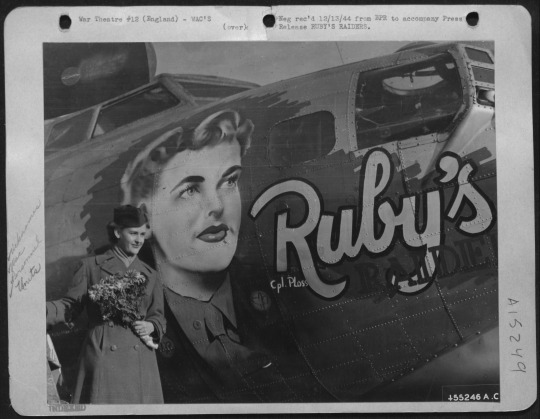


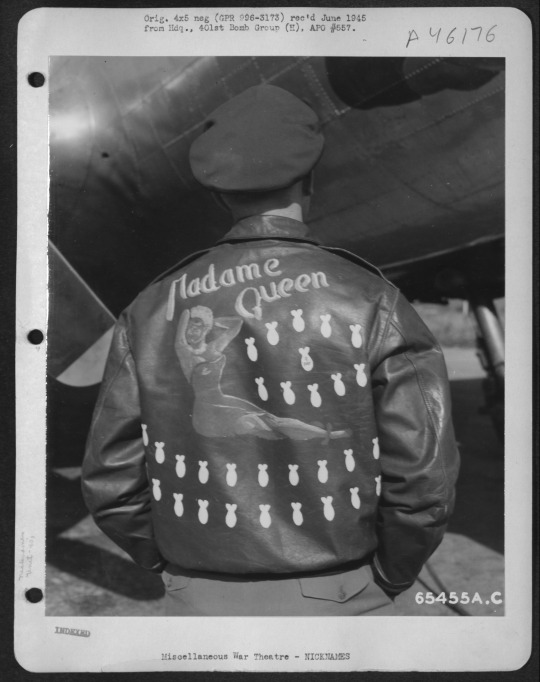
Nose art, the decorative painting or design on the fuselage of military aircraft, has a storied history that peaked during World War II. This vibrant, often cheeky artwork served as a morale booster for the crew, adding a personal touch to the grimness of war and providing a sentimental tie to the home they were fighting to protect. The practice traces its origins to Italian and German pilots in World War I, but it was during World War II that American airmen embraced this form of expression with unparalleled creativity.




World War II represented the golden age of nose art, with American crews stationed in Europe and the Pacific leading in creativity. Artworks ranged from ferocious animals and cartoon characters to pin-up girls and patriotic symbols, each with a unique name that reflected the aircraft's character, the crew's aspirations, or an inside joke among the squadron. Names like "Memphis Belle," "Enola Gay," and "Sack Time" became as legendary as the aircraft themselves, symbolizing the spirit of the crew and their mission.




Nose art was crucial to boosting morale among crew members, providing a sense of individuality and ownership over their aircraft in an otherwise regimented and dehumanizing environment. This artwork fostered an emotional attachment to their planes, with each piece a vivid manifestation of the crew's bond. It represented a piece of home and personality in foreign skies, a reminder of what they fought for and the camaraderie that sustained them.
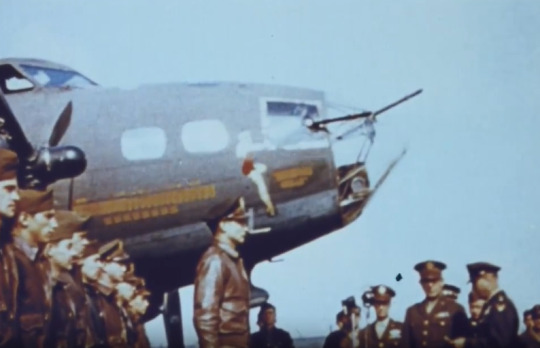

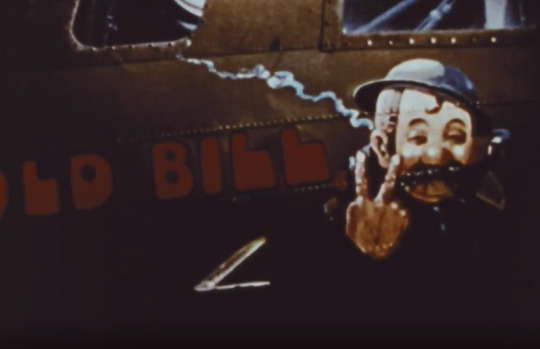
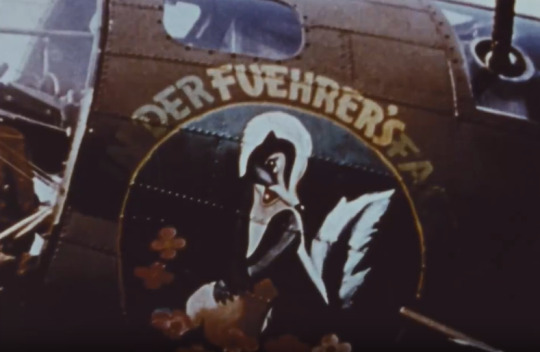

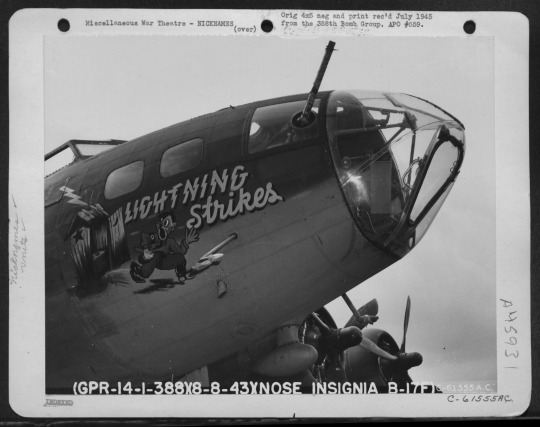

The subject matter of nose art varied widely, reflecting diverse personalities within the crews. Cartoons and comic characters like Donald Duck and Bugs Bunny were favorites for their humor and relatability. Artwork also featured fierce sharks, tigers, and eagles, symbolizing the aircraft and crew's power and aggression.
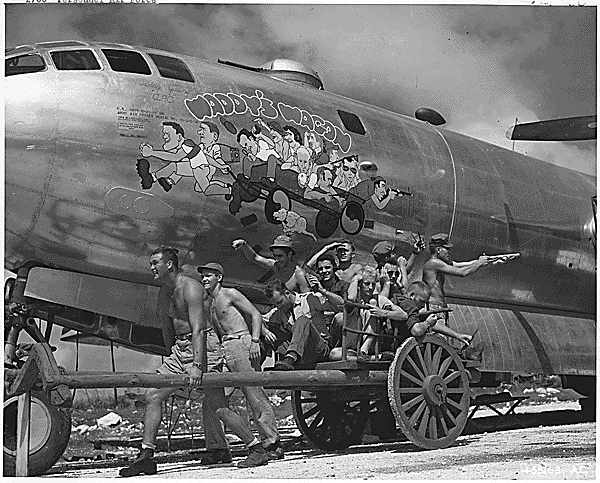

Many nose art pieces were painted by the crew members themselves, though some squads had designated artists. Individuals like Don Allen, who painted nearly 100 pieces of nose art, were celebrated for their contributions. Using whatever materials were at hand, these artists created masterpieces under challenging conditions, showcasing remarkable ingenuity and talent.

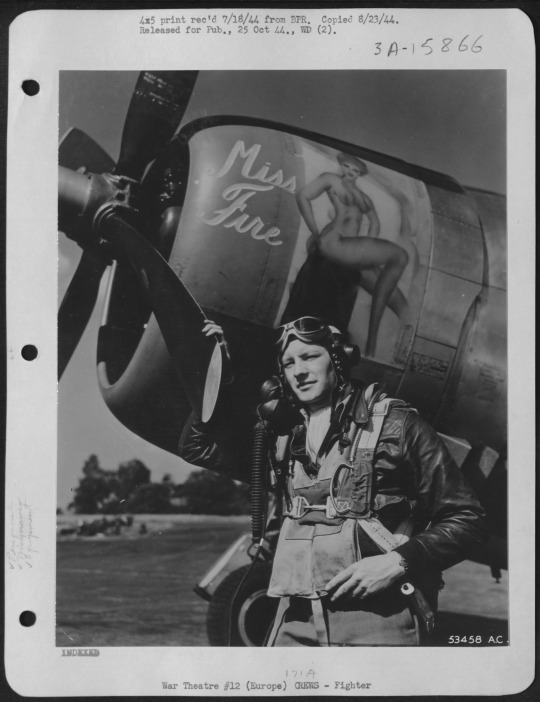
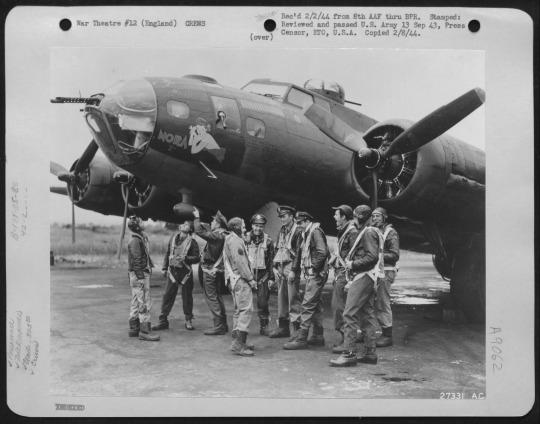
The practice of nose art declined after World War II, largely due to stricter military regulations and the evolving nature of warfare. However, its legacy endures, captivating historians, veterans, and enthusiasts. World War II nose art remains a powerful reminder of the human element amidst war's machinery, a colorful testament to the resilience, creativity, and spirit of those who served.
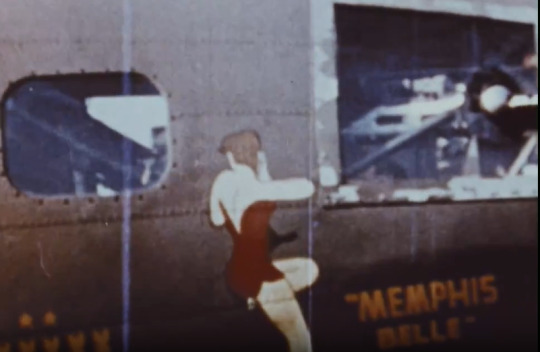




The National Archives holds a treasure trove of photographs featuring this iconic nose art, often discovered in ordinary crew photos where the art itself isn't the primary focus of the image. This creates a fascinating treasure hunt for enthusiasts and researchers alike, offering glimpses into the past where this artwork accompanies stories of bravery, camaraderie, and the personal touches that made these aircraft more than just machines of war.
More resources on the National Archives website and Catalog:
https://nara.getarchive.net/topics/nose+art https://www.archives.gov/research/military/ww2/photos
593 notes
·
View notes
Photo






B-36 Peacemaker
134 notes
·
View notes
Text

Lockheed F-117 Night Hawk, Northrop Grumman B-2 Spirit and Lockheed Martin F-22 Raptor.
The epitome of stealth aircraft in one picture!
263 notes
·
View notes